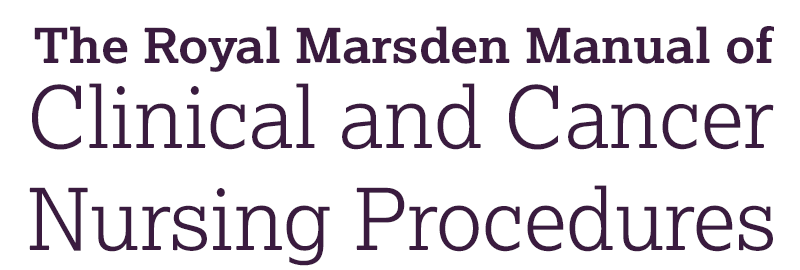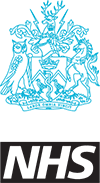Chapter 16: Perioperative care
Skip chapter table of contents and go to main content
Theatre
Related theory
Before surgical intervention (skin incision)
The theatre team normally consists of:
- surgeon (at least one lead surgeon, often more including surgical trainees)
- surgical assistant
- anaesthetist
- scrub or anaesthetic practitioner: registered nurse (RN) or operating department practitioner (ODP)
- circulating practitioner(s): RN(s) and healthcare assistant.
The role of the scrub practitioner (RN or ODP) working in the sterile field is to manage the instrumentation, swabs and sutures and to assist as part of the surgical team without carrying out dual role responsibility (AfPP [9]). There will normally be at least one circulating person who remains outside the sterile field and provides items as required for the scrub practitioner. There will also be a designated anaesthetic practitioner (RN or ODP) who assists the anaesthetist (Figure 16.17).
Once the patient has been positioned on the operating table and before surgical intervention, the theatre team completes the ‘Time Out’ portion of the WHO Surgical Safety Checklist (WHO [225]); the entire theatre team must pause to participate in this check in order to adhere to the recommendation of the National Safety Standards for Invasive Procedures (NatSSIPs) and Local Safety Standards for Invasive Procedures (LocSSIPs) (Lo [109], Sevdalis and Arora [187]). This ensures that the team is fully aware and readily equipped for any problems that may arise during the procedure. Any discrepancies noted during this stage with regard to the consent, the patient's identification or any matters discussed in the checklist must be rectified before the procedure can begin.
It is imperative that pre‐operative checks are completed thoroughly and in detail, in accordance with the NatSSIPs. The NatSSIPs (NHSI [139]) aim to reduce the number of patient safety incidents related to invasive procedures in which surgical ‘Never Events’ could occur (NHS England [133]). The NatSSIPs build on the existing WHO Surgical Safety Checklist (WHO [225]) and promote the effective performance of the Five Steps to Safer Surgery guidance (Vickers [212]).
Control of infection and asepsis in the operating theatre
As part of intraoperative care, the aim of operating theatres is to provide an environment that minimizes the presence of pathogens (both airborne and surface). The general principle is that the actual operating theatre is the cleanest area within the suite as this is the area where patients are at most risk of surgical site infection. Ventilation systems within theatres support this principle by using positive pressure ventilation to carry pathogens away from the surgical wound (Agodi et al. [10], Bischoff et al. [32], Parvizi et al. [161]).
Large quantities of bacteria are present in the nose and mouth, and on the skin, hair and the attire of personnel. The skin cells of staff become dispersed in the air and are a potential source of wound infection (Sivanandan et al. [194]). Therefore, staff working in operating theatres wear clean scrub suits and lint‐free surgical hats to eliminate the possibility of bacteria, hair, dandruff or skin cells being shed into the environment (AfPP [9]). Well‐fitting shoes with impervious soles should be worn and regularly cleaned to remove splashes of blood and body fluids (AfPP [9]). Face‐masks are worn to prevent droplets falling from the mouth into the operating field. The extent to which face‐masks are capable of preventing droplet spread is disputed (Vincent and Edwards [213]). It is, however, accepted that masks offer protection to the wearer from blood splashes and for safety reasons should be worn by the scrub team. Instruments must be handled carefully, with needle holders and forceps used to manipulate sutures to minimize the risk of needle stick or sharps injury.






